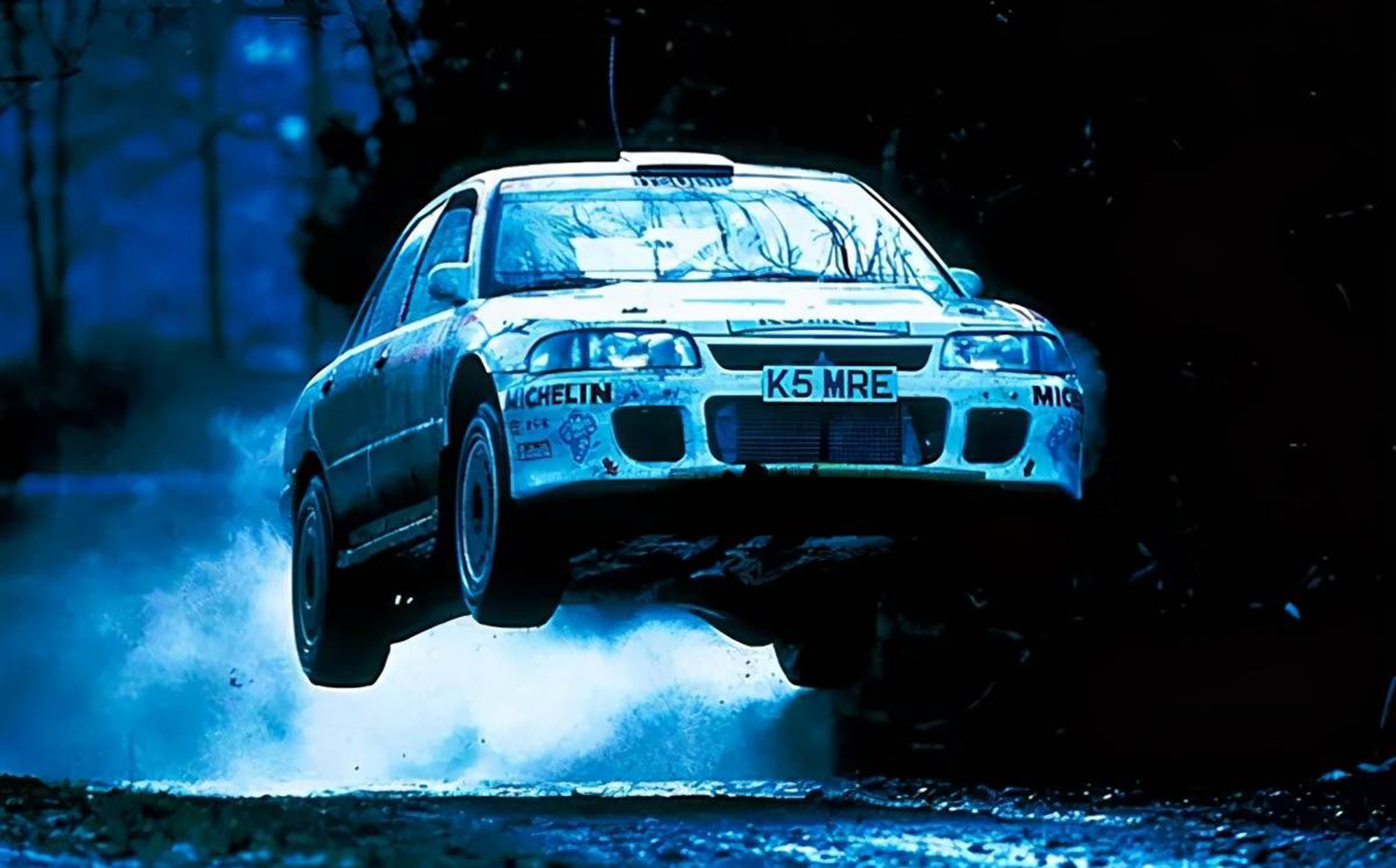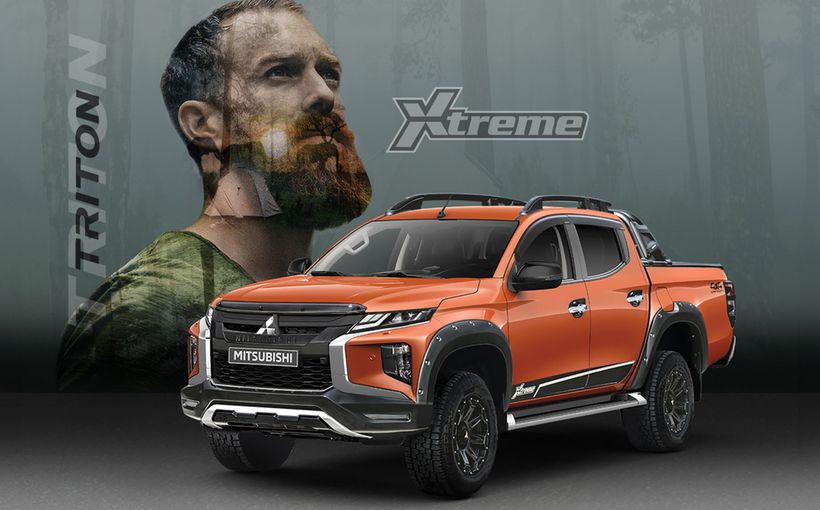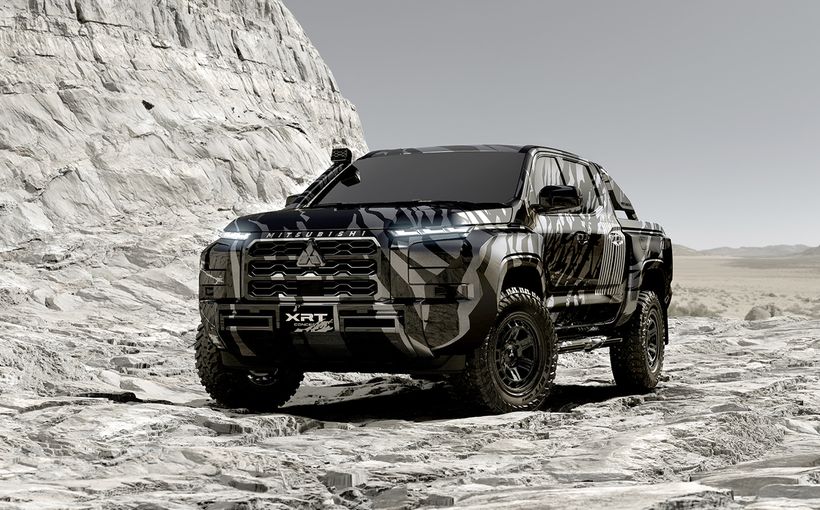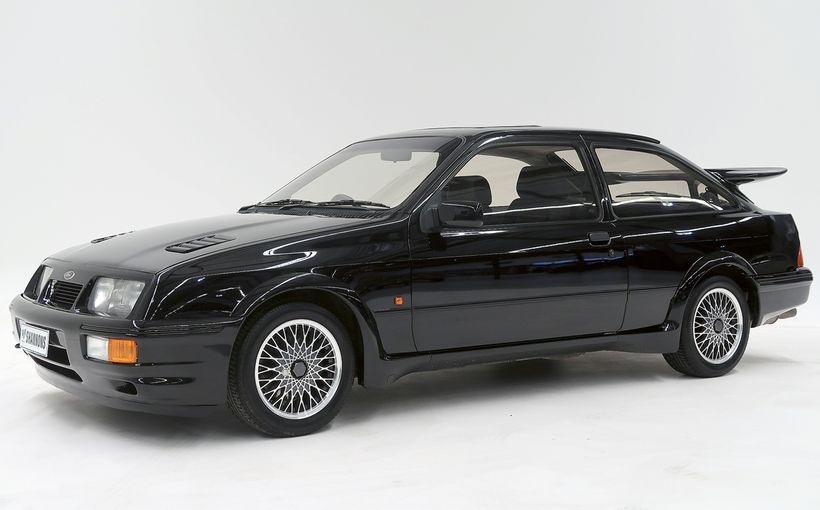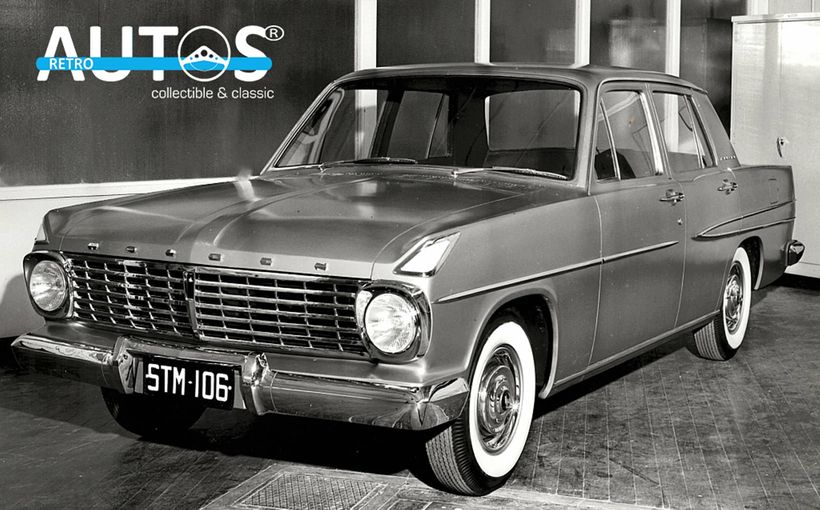Mitsubishi Lancer Evolution: Ultimate turbocharged all-wheel-drive road rocket

The Mitsubishi Lancer Evolution – usually shortened to ‘Evo’ – has established a brilliant reputation in Australia, regardless of the surprising fact that for much of its 25-year history the model was not sold locally. Here is the clear case of a hero car that was perhaps even more desired precisely because of its elusiveness; the Evo could never be taken for granted!

The first car company to create a model with ‘Evolution’ or ‘Evo’ as descriptor was definitely not Mitsubishi. Both Daimler-Benz and BMW produced upgraded editions of their 190E 2.3-16 and E36 M3 respectively in 1989, labelling them ‘Evolution’ variants. But Mitsubishi soon established a permanent hold over the descriptor, as we will see shortly.
Then there is ‘Lancer’: Mitsu wasn’t first here either. Dodge used the Lancer name from 1955 until 1959 to designate the two- and four-door hardtop variants in the full-sized Coronet, Royal, and Custom Royal model lines. The Custom Royal Lancer was a hardtop only and top-of-the-line model for Dodge in 1959. Meanwhile BMC Australia, rapidly learning the marketing tactic of badge engineering from its parent company, introduced not just one edition of the Wolseley 1500, but two unique to this country. For model year 1958 buyers could choose a less lavish Morris Major or Austin Lancer instead of the Wolseley with its trademark vertically configured grille and timber dashboard (although the Lancer’s grille was vertical). It’s doubtful whether anyone employed by the Chrysler Corporation either knew of or cared about the existence of the Austin Lancer and for season 1959 applied the sub-brand to its new Dodge compact. But Mitsubishi, although decades behind in creating its ‘Lancer’ again gave the sub-brand serious continuity.
Just as Daimler-Benz and BMW had applied ‘Evolution’ to sporting homologation specials, so would Mitsubishi, but first let’s consider the Mitsubishi Lancer, which dates to 1973. From 1973 through to 2017 in one form or another a Lancer would be a fixture in the Mitsubishi lineup. For the purposes of understanding the Super Model history of the Lancer Evolution, we need to focus on a new turbocharged variant which made its debut in 1992 (more than a year ahead of the formidable Subaru Impreza WRX), the GSR. The Lancer GSR was the precursor to 20 years of Evolution variants.

By the time the GSR came to market, Mitsubishi Motors Corporation (MMC) was heavily involved in rallying. The weapon to hand was a turbocharged all-wheel-drive variant of the mid-sized Galant, the VR4. During the same period, Subaru was also competing with a similar edition of its Legacy (Liberty in Australia). Simultaneously, both companies were developing smaller, light, rally-focused models. The Lancer GSR went on sale a year before the Subaru Impreza WRX. Both of these all-paw turbocars were set to change the face of the World Rally Championship.
Of course, the actual rally machines were much further developed than the road cars on which they were based, but for homologation purposes, both Mitsubishi and Subaru produced uprated offerings, specifically the Lancer Evolution and the WRX STi. The first Evolution – quickly abbreviated to ‘Evo’ – was sold on the Japanese market from late 1992, as was the Impreza WRX STi.

In Australia, the Lancer Evo developed a formidable reputation despite – or perhaps, paradoxically, because of – the fact it was mostly not on sale here. By contrast the Subaru Impreza WRX STi was usually imported in limited numbers (and at times was perceived as not representing a major advance over the standard WRX). The Lancer Evolution faced no such issue partly because Mitsubishi had, as it were, cut out the middle man – after the discontinuation of the Lancer GSR, there was no WRX rival, just the shopping trolley Lancer and the unobtainable Lancer Evolution; predictably, this latter grew a phenomenal reputation.
Neither the Legacy Turbo nor the Galant VR4 won a World Rally Championship, essentially because they were rather too heavy and not notably wieldy. But the Impreza 555 (read: STi) won the 1995 championship. For the next four years in a row, the title went to Mitsubishi and this is where the Lancer Evolution developed its mystique, a mystique I would suggest greater than would ever attach to the WRX STi.
Australian would-be buyers clamoured for an Evo, so did the Europeans. Ralliart dealer networks in the UK and Europe received an allocation from 1998, but it was not until May 2001 that the car was available from just eight specialist dealers in Australia. There would never be an issue in finding sufficient buyers!

A batch of 100 Evo VI Tommy Makinen Editions (all of them built in September 2000) was imported in 2001, priced at an eye-watering $79,990 plus on-road costs! In popular parlance this model was the Evo 6.5. Here was the first hi-po Lancer on offer locally since the GSR slipped into oblivion in 1996. Japanese customers were already getting their eager hands on Evo VIIs!

Maximum power was quoted at 206kW to meet Japanese regulations but the real output was certainly higher. A more telling indicator of the Tommi Makinen’s real world performance is the peak torque number of 373Nm at 3000rpm. The 400m time was 13.2 in the heart of Porsche 911 country. An Active Yaw Control feature transferred torque between the rear wheels.

We skipped the Evo VII but got its successor in June 2004. The price dropped to $61,990, which was within $5K of the WRX STi, but disappointingly so did performance, largely due to Australian octane ratings. The only option was leather trim for an extra $3000. Two batches of 100 cars each came here. Subaru though sold 1837 WRXs and 368 STI’s in the same time frame.

Less expensive again at $56,789 (the pricing an MMAL piece of trickery, emulating a 1983 Colt 45 priced at $4567) was the Evo IX which arrived here in 2006. With aluminium roof and door intrusion bars, it was some 80kg – say one average passenger – lighter and more luxuriously specified (no challenge!).

But unquestionably the Evolution X was in both senses of the word the ultimate model. It went on sale here in May 2008 and the media release fittingly took the assembled members of the press to Winton Raceway in north-eastern Victoria. We were instructed please to refer to it no longer affectionately as ‘Evo’ but more formally and respectfully as ‘Evolution’.
Yes, the X was heavier than its predecessor but it possessed ferocious torsional rigidity. This car gave the Lancer Evolution sub-brand a lyrical swansong.

Although MMAL was not the first manufacturer to exploit the meaning of evolution and apply it to the steady improvements made to hot homologation special variants, the corporation did finish up owning this charismatic sub-brand and the Mitsubishi Lancer Evolution will always be seen as one of the definitive high-performance speciality cars of the 1990-2020 era.

